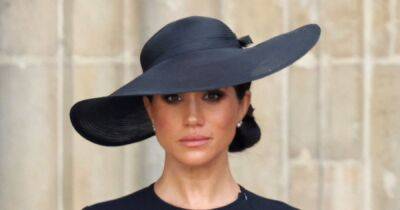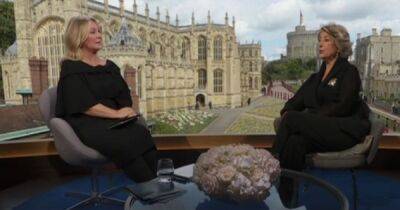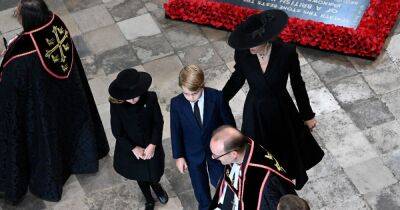From money to flags - all the things that will have to change following the death of the Queen
Queen Elizabeth II's 70-year reign has come to an end following her death on Thursday (September 8). Her Majesty became head of state in 1952 following the death of her father King George VI.
The Queen died at her Balmoral residence in the Scottish Highlands, aged 96. Tributes from across the globe have flooded in following the sad news of her passing.
Crowds gathered outside Buckingham Palace to pay their respects to the late Queen as the official 10-day mourning period gets underway. Floral tributes, cards and even stuffed Paddington Bear teddies have been left at memorial locations across the country.
Read more:Prime Minister Liz Truss says Queen was 'one greatest leaders the world has ever known' as she pays tribute
The longest-reigning still-serving monarch in the world, her face has featured on stamps, coins and bank notes for decades. The Queen's son Charles became King immediately and will now begin his reign.
And with a new monarch comes changes when it comes to things like currency, stamps and flags. Here is a look at some of the things which will be affected over the coming months and years:
Coins featuring the new King will show him facing to the left. Elizabeth II’s effigy faces to the right.
It is a tradition from the 17th century to alternate the way successive monarchs are facing. New coins and notes will need to be designed and minted or printed, but are not likely to appear in general circulation for some time.
The Royal Mint advisory committee needs to send recommendations for new coins to the Chancellor and obtain royal approval. Designs are then chosen and the final choices approved by the Chancellor and then the King.
The Queen’s coins did not appear until 1953 – the year after her accession.






